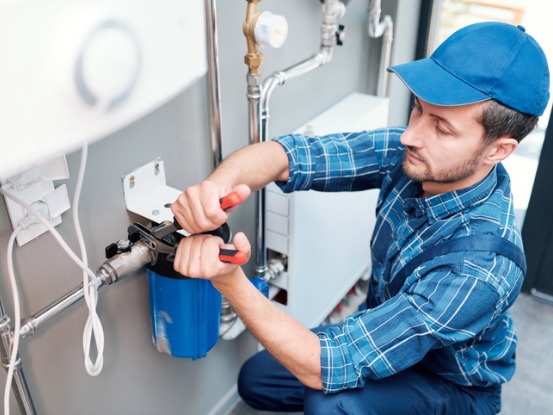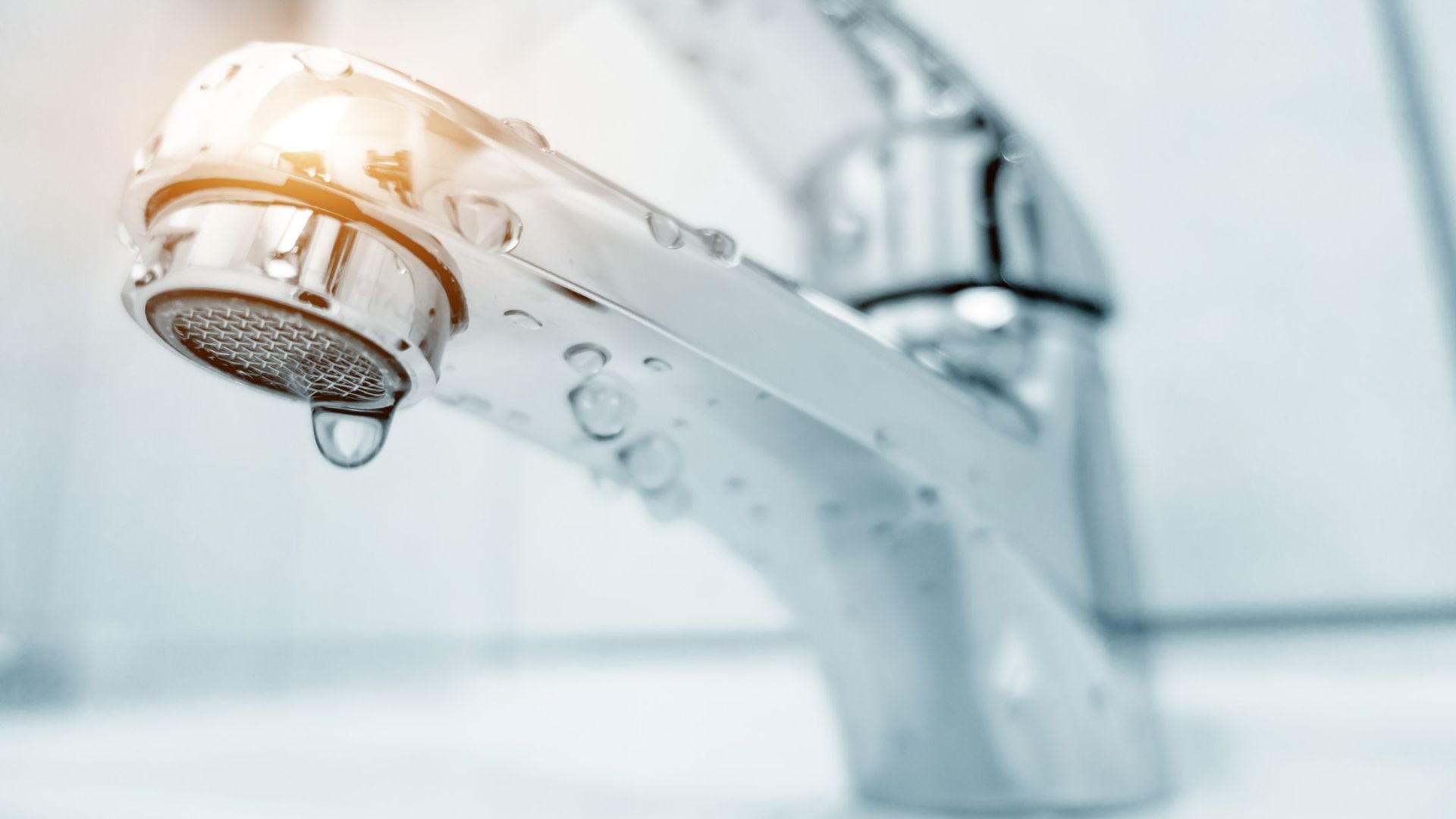Helpful Remedies for Handling Low Water Pressure in Your Home
Try HereDo you find yourself trying to find ideas around Low Water Pressure in the House??

Low tide stress in your house can be an irritating issue, impacting whatever from showering to washing meals. If you're experiencing weak water flow, there are several possible causes and services to check out. In this guide, we'll talk about common reasons for low tide stress and useful steps to resolve the concern properly.
Intro to Low Water Stress
Low tide pressure occurs when the flow of water from your taps, showers, and various other fixtures is weaker than typical. This can make daily jobs more difficult and less efficient. Recognizing the causes of low tide pressure is important to discovering the right service.
Common Sources Of Low Tide Pressure
Pipeline Obstructions
Gradually, pipes can come to be obstructed with natural resource, debris, or particles, restricting the circulation of water. This is a typical issue in older homes with galvanized steel pipelines.
Deterioration
Rust within pipes can result in leaks and reduced water stress. Corrosion accumulation can restrict water circulation, particularly in maturing plumbing systems.
Faulty Pressure Regulatory Authorities
Pressure regulatory authorities are accountable for preserving regular water pressure in your house. If they malfunction, it can lead to low tide pressure or irregular flow throughout the house.
Local Water Supply Issues
Occasionally, the problem exists outside your home. Municipal water system issues, such as main line leakages or upkeep work, can momentarily reduce water pressure in your location.
Just How to Diagnose Low Tide Pressure
Inspecting Taps and Components
Start by checking the water stress at different faucets and components throughout your home. If the issue is isolated to certain locations, it may suggest local troubles.
Examining Pipelines
Check visible pipes for indications of leakages, deterioration, or blockages. Pay attention to any kind of uncommon noises, such as knocking or rattling pipes, which could indicate issues within the plumbing system.
Consulting with a Plumber
If you're incapable to pinpoint the root cause of low tide pressure, take into consideration working with an expert plumber to perform a thorough assessment. They can recognize underlying concerns and recommend suitable remedies.
Do It Yourself Solutions to Deal With Low Tide Stress
Cleaning Aerators and Showerheads
Mineral deposits can collect in aerators and showerheads, lowering water circulation. Remove and clean these elements frequently to improve water stress.
Flushing Hot Water Heater
Debris accumulation in the hot water heater can limit circulation and lower performance. Purging the storage tank regularly assists remove debris and preserve ideal performance.
Checking Pressure Regulator
Make sure that the stress regulatory authority is working correctly. Adjusting or changing the regulator can help recover proper water pressure throughout your home.
Clearing Clogs in Pipeline
For minor blockages, attempt using a plumbing serpent or chemical drain cleaner to clear obstructions in pipelines. Beware when utilizing chemicals and comply with safety and security guidelines.
When to Call a Specialist Plumber
If DIY efforts stop working to deal with the concern or if you presume substantial plumbing problems, it's best to look for help from a qualified plumber. They have the competence and tools to address complex issues safely and effectively.
Safety Nets to Maintain Water Pressure
Normal Upkeep
Arrange routine maintenance for your plumbing system to avoid concerns such as corrosion, leakages, and obstructions. Resolving minor troubles early can help avoid more considerable repairs in the future.
Installing a Stress Booster
Think about mounting a pressure booster pump to improve water stress in areas with constantly reduced flow. This can be especially valuable for multi-story homes or residential properties with high-demand components.
Surveillance Water Usage
Be mindful of water usage routines and stay clear of ill-using the plumbing system. Easy changes, such as incredible showers and washing lots, can aid maintain sufficient water pressure.
Final thought
Taking care of low tide stress can be frustrating, but determining the underlying reasons and implementing suitable options can restore ideal flow throughout your home. Whether it's cleaning up aerators, checking pipelines, or seeking advice from a plumber, taking aggressive steps can guarantee a stable supply of water for your daily needs.
FOUR WAYS TO FIX LOW WATER PRESSURE NOW
Turning on a shower or faucet only to find the water comes out in a sad, slow drizzle is never a good feeling. How exactly are you supposed to wash a pan or take a quick shower when it takes 10 minutes just to rinse off a little soap? The good news is that when your water pressure is bad, there's always a cause: typically one that can be easily fixed. Here are some of the most common causes of low pressure and what you can do to fix the issue:
DEBRIS AND MINERAL DEPOSIT BUILDUPS
If you notice low water pressure from just one or two of the fixtures in your house, the problem likely has to do with debris buildup. Water is full of minerals and other debris, all of which can accumulate in your pipes and on your fixtures. This can cause a blockage that affects how much water flows through. To fix this, try filling a small plastic bag with white vinegar, and use a rubber band to hang it around your showerhead or faucet. Let the head of the fixture soak for a few hours, and the vinegar should loosen the deposits.
WATER LEAKS
Leaks are another common cause of low water pressure. If water is flowing out of your plumbing through a hole or crack before it can reach your fixture, the pressure coming out of the faucet or showerhead will be lower. A plumbing professional is your best bet for finding and repairing a leak in your water supply pipes.
Leaks are another common cause of low water pressure. If water is flowing out of your plumbing through a hole or crack before it can reach your fixture, the pressure coming out of the faucet or showerhead will be lower. A plumbing professional is your best bet for finding and repairing a leak in your water supply pipes.
FOUR WAYS TO FIX LOW WATER PRESSURE NOW
Turning on a shower or faucet only to find the water comes out in a sad, slow drizzle is never a good feeling. How exactly are you supposed to wash a pan or take a quick shower when it takes 10 minutes just to rinse off a little soap? The good news is that when your water pressure is bad, there's always a cause: typically one that can be easily fixed. Here are some of the most common causes of low pressure and what you can do to fix the issue:
DEBRIS AND MINERAL DEPOSIT BUILDUPS
If you notice low water pressure from just one or two of the fixtures in your house, the problem likely has to do with debris buildup. Water is full of minerals and other debris, all of which can accumulate in your pipes and on your fixtures. This can cause a blockage that affects how much water flows through. To fix this, try filling a small plastic bag with white vinegar, and use a rubber band to hang it around your showerhead or faucet. Let the head of the fixture soak for a few hours, and the vinegar should loosen the deposits.
WATER LEAKS
Leaks are another common cause of low water pressure. If water is flowing out of your plumbing through a hole or crack before it can reach your fixture, the pressure coming out of the faucet or showerhead will be lower. A plumbing professional is your best bet for finding and repairing a leak in your water supply pipes.
Leaks are another common cause of low water pressure. If water is flowing out of your plumbing through a hole or crack before it can reach your fixture, the pressure coming out of the faucet or showerhead will be lower. A plumbing professional is your best bet for finding and repairing a leak in your water supply pipes.
A VALVE ISSUE
If you have low water pressure throughout your home, check your main shut-off valve to make sure it's completely open. You may also want to see if there's a pressure-reducing valve installed. If there is, have a plumber help you adjust the settings to get the pressure you're looking for.
OTHERS USING WATER
Believe it or not, your low water pressure could be caused by your neighbors. If you notice low pressure at certain times of day, it may be because you and the people living next to you have similar schedules - when everyone is showering at the same time, the pressure will be lower in every home. Low pressure throughout the neighborhood may also be caused by an issue with your municipal water supply. If that's the case, call the supplier to see if they're working on the issue.
https://www.rotorooter.com/blog/water-leaking/low-water-pressure-fixes/

I found that blog post on Dealing with Low Water Pressure in Your Home while doing a lookup on the search engines. Are you aware of another person who is fascinated by 4 Ways to Troubleshoot Low Water Pressure? Please feel free to promote it. Thank you for taking the time to read it.
Click Here